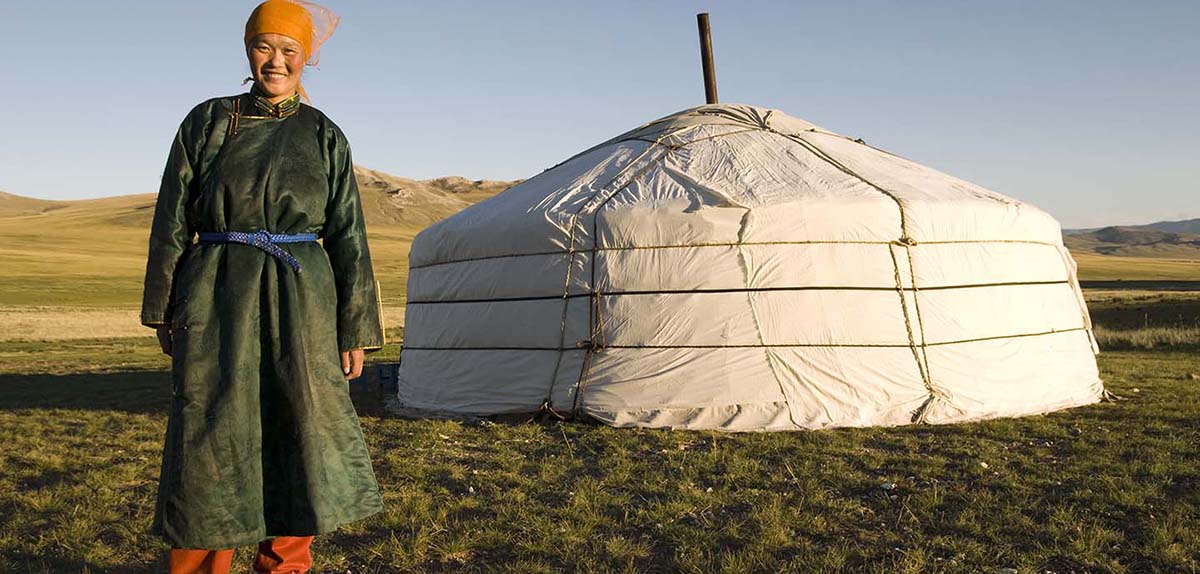
Mongolia. Only the name takes us immediately to distant and mysterious lands, with millenary charm. It is a huge, landlocked country, three times the size of France, for example.
With Russia and China as neighbors, it has chapters of its history that are fantastic, and if you add novel landscapes to that then there is no doubt that it deserves to be on your list of travel destinations. Let's see today what to see in Mongolia to fall in love.
Mongolia
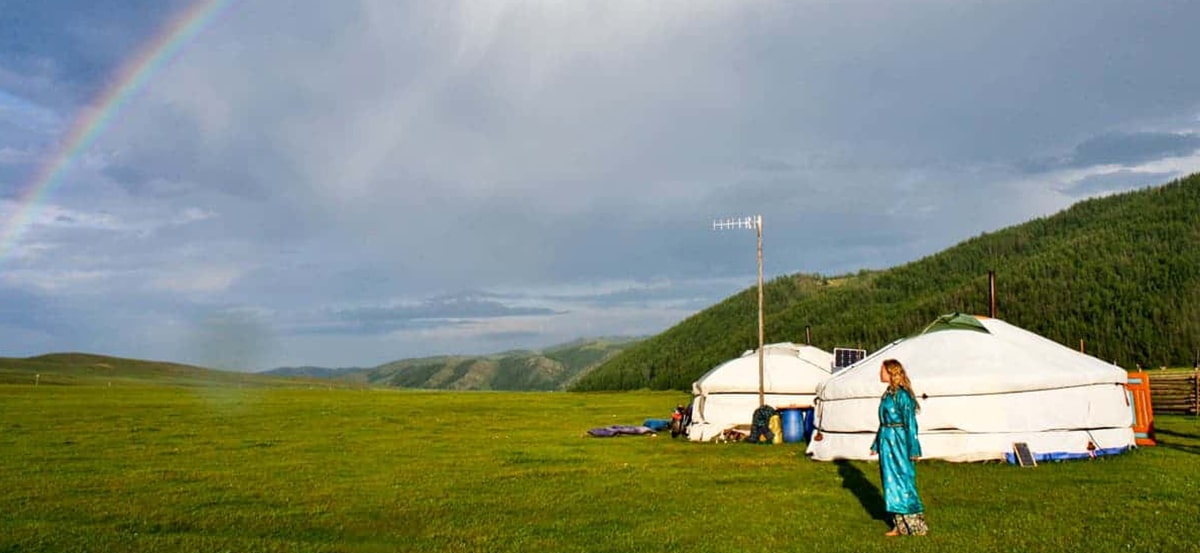
It has 3 thousand kilometers of border with Russia, in the north, and almost 4.700 km with China to the south. From one end to the other Mongolia can be divided into four zones, the steppe, the mountains, the mountainous steppe, and the deserts.
Mongolia ranks 19th on the list of largest countries in the world, with little more than 1 million and a half square kilometers of surface. It is inhabited by few people, no more than 3 million people, among Mongols and other ethnic groups. Half live in urban areas. The country is divided into 21 provinces and its capital is the city of Ulaanbaatar.

While the official language is Mongolian, the second most popular language is Russian. Religions? The half is Buddhist and 40% are Protestant. Their traditional lifestyle is rather nomadic as the country's base economy has always been agriculture and pastoralism. Obviously today it is not so, but even in cities you see a collective, community, group lifestyle.
The Mongols have a very close link with Tibetan Buddhism, although it was only with the fall of the Soviet Union that they were able to practice it again freely. Throughout history, the power of Tibet has always relied in some way or another on Mongolian tribes to sustain itself.
Finally, Mongolia is a land of blue skies, with lots of sun almost 250 days of sunshine a year. Summers are hot and winters are freezing, so be careful to go between November and March as the temperature can freeze you.
What to see in Mongolia

We basically divide the country into five regions: the west, the north, the center, the east and the south. In the center is the capital, the usual gateway to Mongolia: Ulaanbaatar or Ulaanbaatar. It is in a valley and a river crosses it, just over 1300 meters above sea level.
Is financial and industrial heart of the country and the node in the national transportation system. Here is the Genghis Khan International Airport and the train station where the Transmongolian, the train that crosses the country from north to south and connects with the Trans-Siberian in the Chinese city of Jining.

It was founded in 1639 as a religious people and today has a clear communist imprint on architecture. In fact, little architecture remains prior to the Second War, including a couple of monasteries from the XNUMXth century: the Dambadarjaalin and the Daschoilin, the Bogd Khan Winter Palace, the History Museum, the Art Museum… In another era there were more palaces but only one remains, the winter one, which has become the museum of the last sovereign of Mongolia and is a beautiful complex with six temples.
The heart of the city is the Sukhbaatar Square, with his equestrian statue of Damdin Sukbaatar (right where it is said that the corporal of the aforementioned urinated on July 8, 1921 in the middle of the meeting of the Red Army. From the square you can see the parliamentary building, the huge statue of Genghis Khan and Avenida Paz, which is the main one in the city.
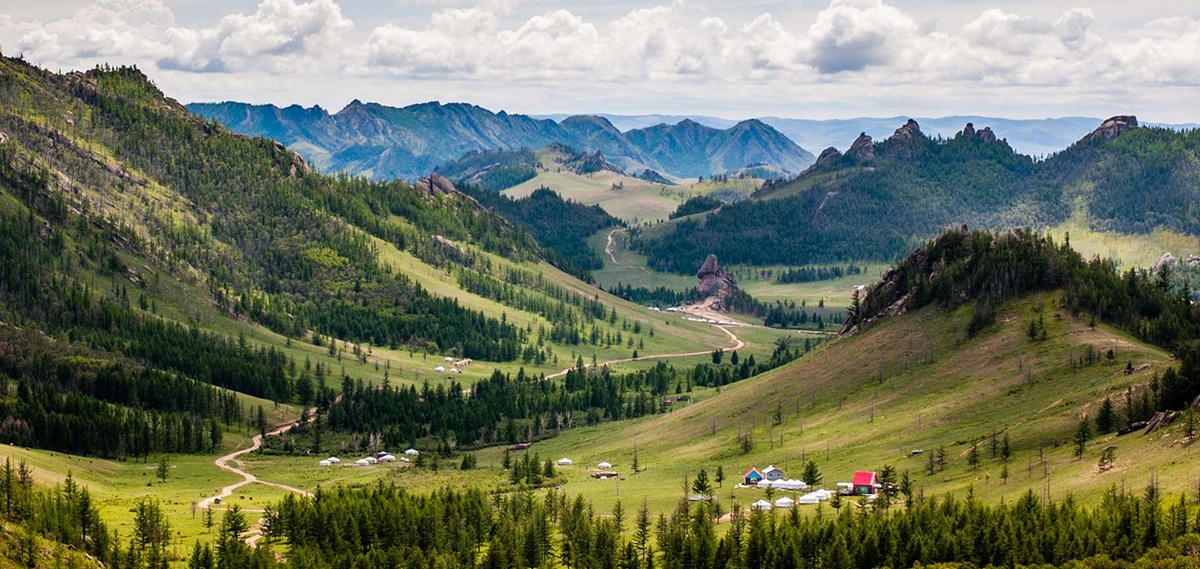
Choijin Lama Monastery is a gem from 1908 and as it was turned into a museum in 1942 it escaped the destruction of communist-era monasteries. The Gandan building is another treasure of the capital, built in the 26th century, with its famous gold statue of Migdij Janraisig, a bodhisattva highly revered in Buddhism, XNUMX meters high.
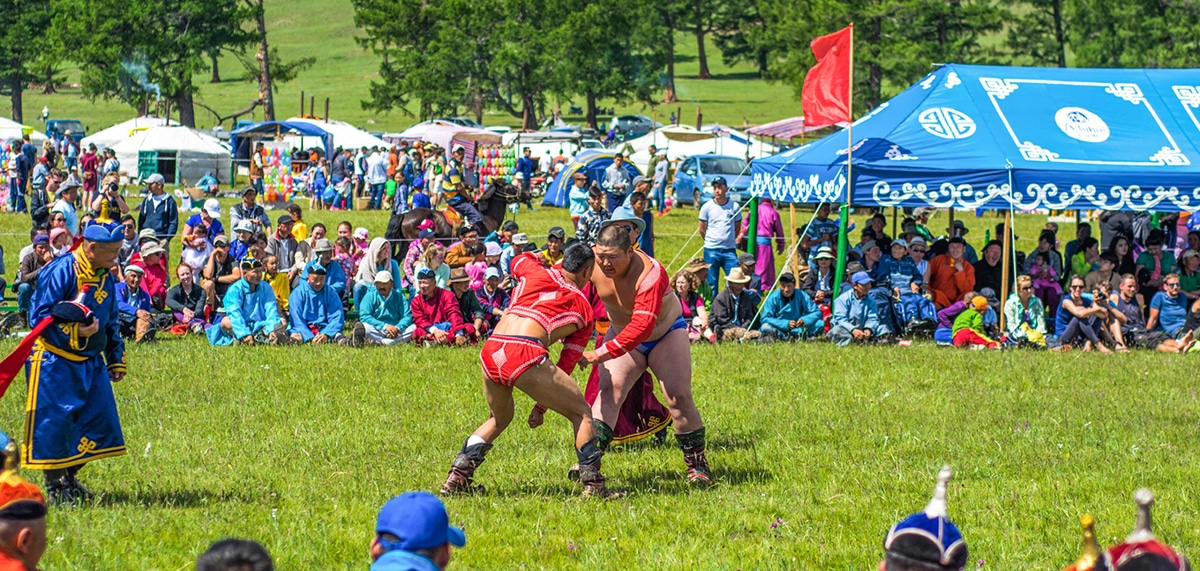
From Ulaanbaatar there are many tours possible of different days of duration. You can go to Terekh, to see the Naadam Festival, hustay or to enjoy nature in the national parks of Gorkhi - Terej and de Bogd khan or the Gun Galuut or Khustai nature reserves.
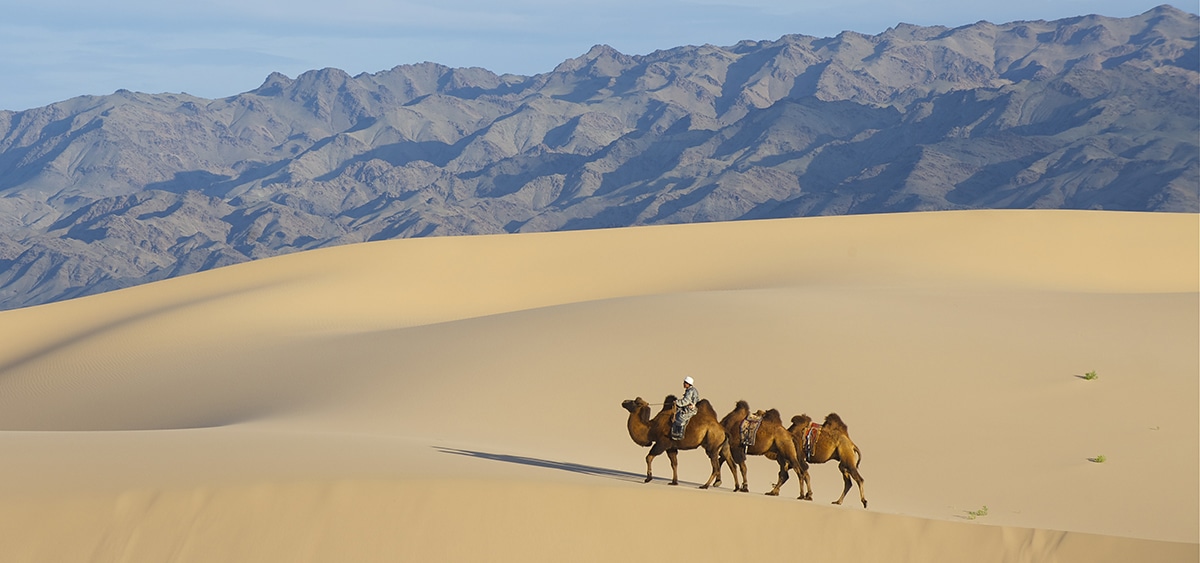
In the central Mongolia other possible tours are to do a Gobi Desert safari, a tour of Buddhist monasteries, or a trek through the eight lakes, or horseback riding or, if the calendar coincides, participate in one of the colorful and folkloric festivals such as the Yak Festival or the one mentioned above, the Naadam.
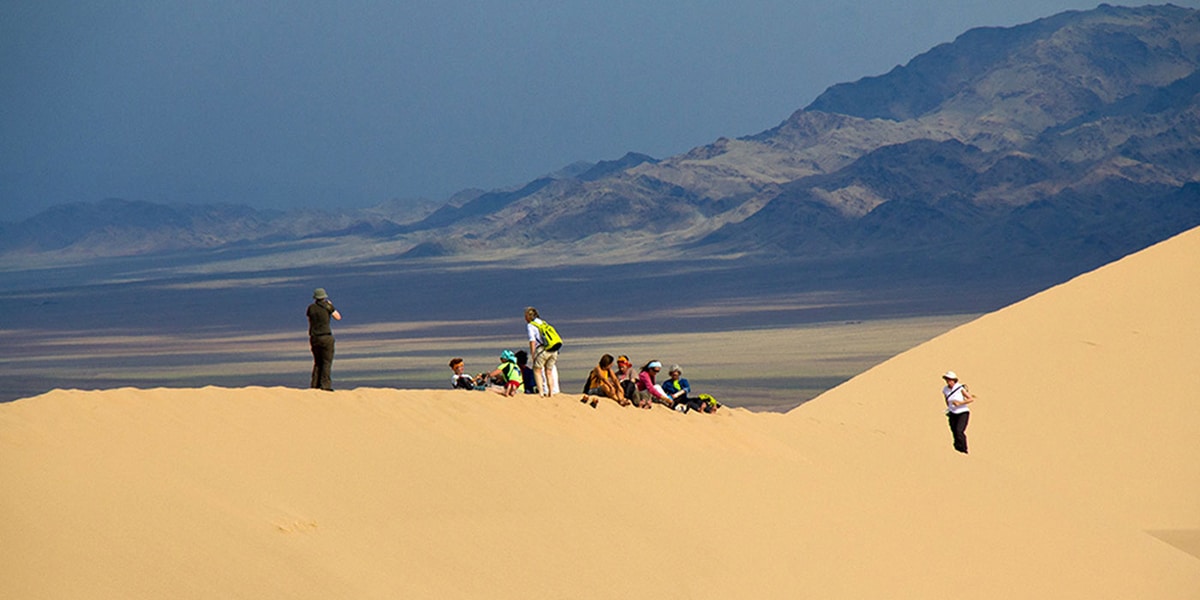
El southern Mongolia It also offers the Gobi desert but adds the Eagle Valley, the Khongor dunes, the Flaming Cliffs, the Sum Khukh Burd oasis, the Ongi Temple and the White stupa. The Valley of the Eagle, Yol Am, it's a cannon Narrow with a river that flows through Zuun Saikhan Mountain, about 62 kilometers northwest of Dalanzagdad, in the center of South Gobi province. In winter it has tongues of ice and the canyon with its rocks offer wonderful landscapes.
The largest sand dune in Mongolia is the Khongor Els, with a length of 180 kilometers and between 15 and 20 meters high with a maximum width of 800 meters. It is part of a desert and there is also an oasis near the Khongor River, at the northern end of the dune. In the wind, the sand sounds in a way that reminds you of an airplane engine ...
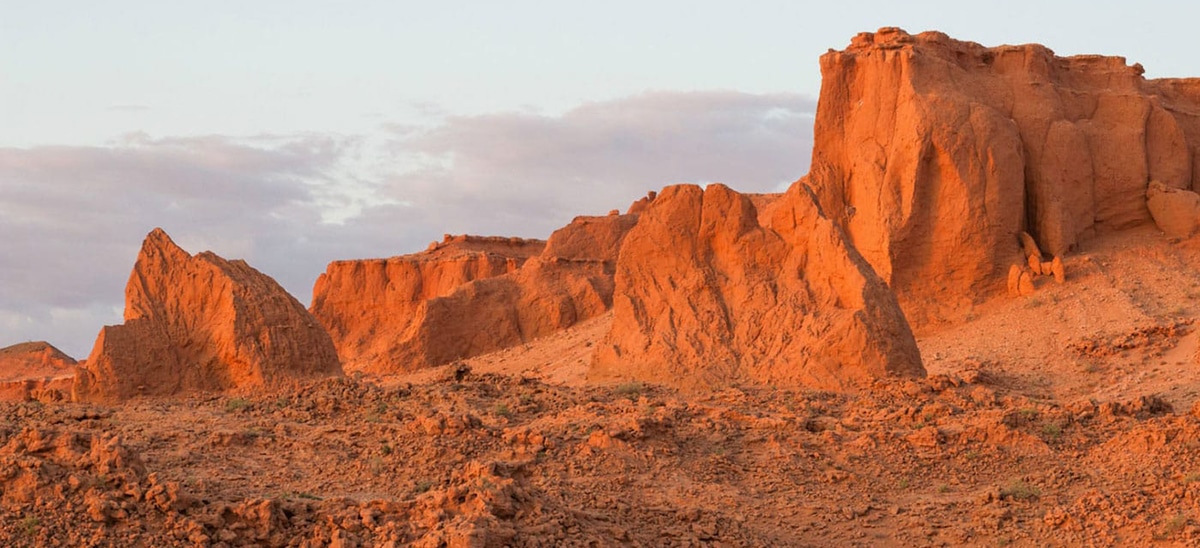
In turn, the Flaming Cliff or Bayanzag, has hosted important paleontological findings. Here in 1923 the first nest of dinosaurs eggs seen all over the world. The Sum Khukh oasis It is a treasure, with its Mongolian monastery on the small island of Burd Lake. Tsagaan Suvarga, known as the white stupa, is a 100-meter-wide cliff that has been carved by the wind for thousands of years.
La Western Mongolia province is land of eagles so it is fate if you like these birds. A wonderful festival takes place here, the Altai Golden Eagle Festival, And it is always even in the great offer of tours that the tourism agencies have in the area. The west, then, is the land of frozen lakes.
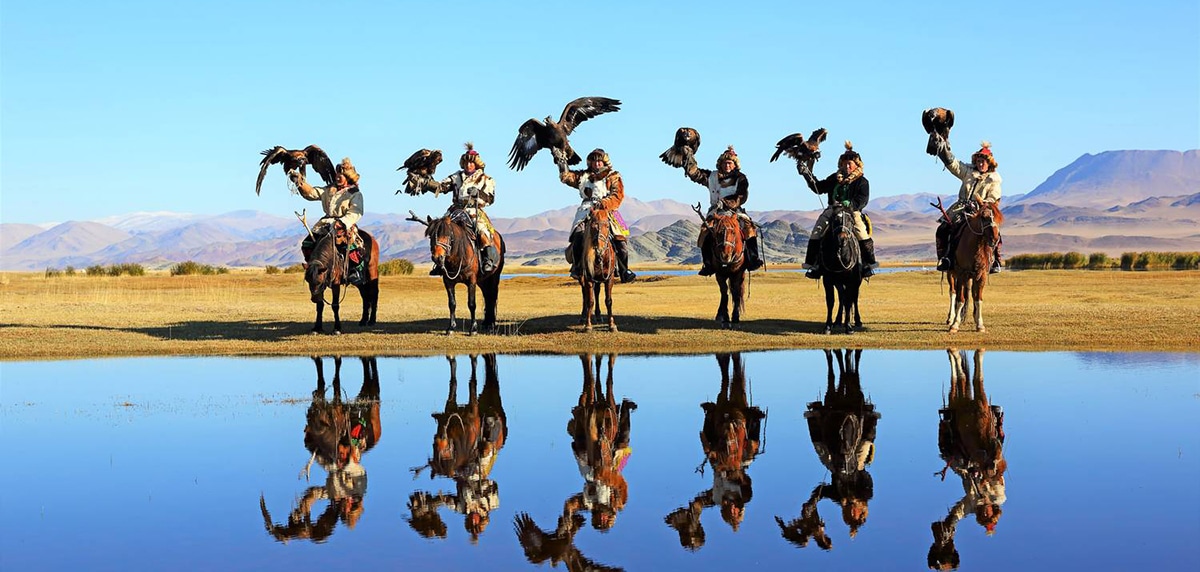
In the north, you can go visit the extinct volcano of the Uran mountain, 600 meters wide and 50 deep with its small lake of about 20 meters in diameter. Since the 60s it has been a protected and beautiful area, with green forests and bears, deer and ducks. To the north is also the largest Buddhist temple, exactly 360 km from the capital. It was built in the 27th century and contains some XNUMX minor temples. is he Amarbayasgalant Monastery.
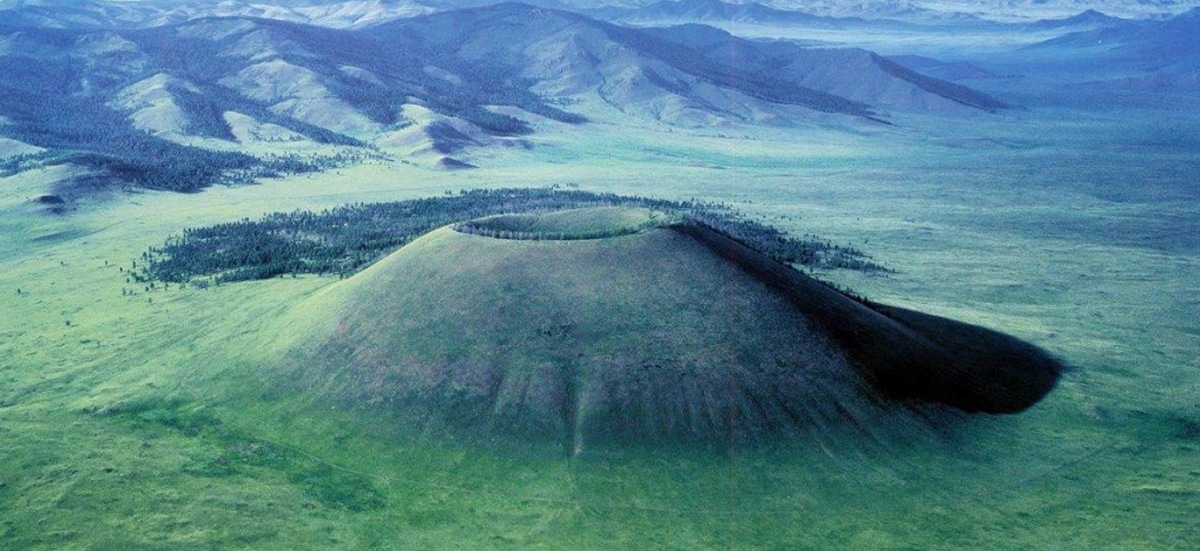
The north is also home to 30 nomadic Tsaatan families, herders of red reindeer, of shaman faith and ancestral rites, and of the largest and deepest lake in the country, the Huvsgul Lake. This lake is also the main tributary of another giant, Lake Baikal. It is very deep, it is surrounded by mountains and forests and the landscape contrasts with the general landscape of the country. It has 90 tributaries and a single river that drains it, the Egiin Gol, which is the one that reaches Siberia, right to the Baikal.

Finally, Eastern Mongolia is the place where its most famous character was born: Genghis Khan. It is Deluun boldog and here since 1962 there is a huge statue that commemorates the 800 years of his birth. the native lands of the great Khan contain the Khan Khentii Mountain National Park, with many important cultural sites, with forests, taiga and mountain landscapes. It is a kind of natural monument for the nation and UNESCO has declared it a World Heritage Site.
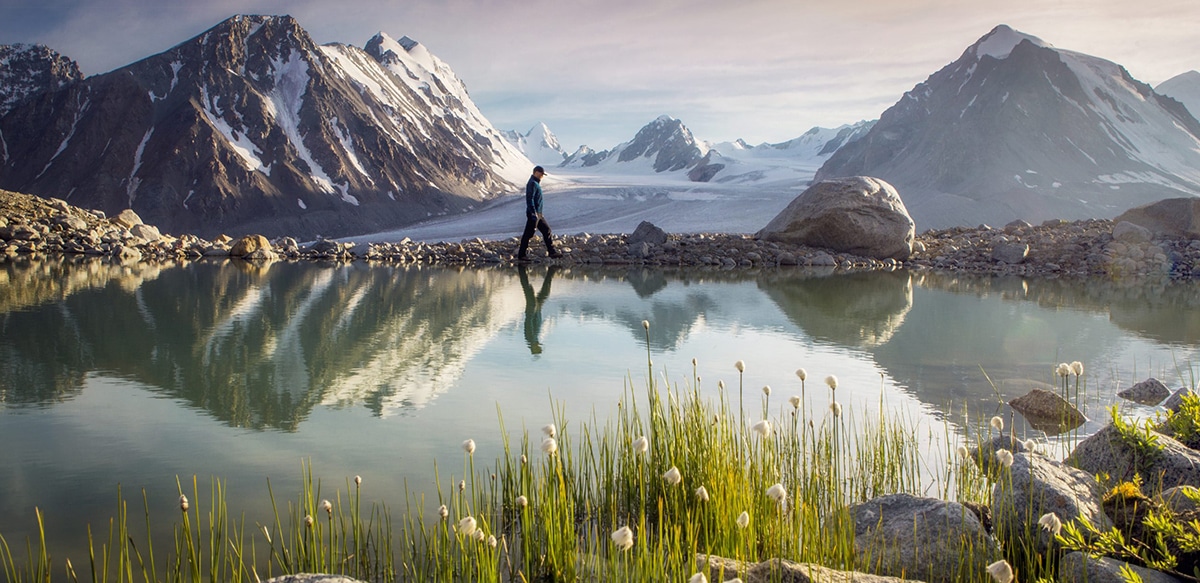
About 45 kilometers from Batshireey soum there is an ancient wall, very well preserved, called the Wall of the Ancients, believed to have been built in the thirteenth century and next to which around 60 tombs of important Mongol figures have been found. Maybe even Genghis Khan. Also related to him is the Lake HugNurr, where in 1189, the title of Genghis Khan was conferred on the young Temuujin, to make him king of the Mongols.
As you can see, from what I have related and the photos in the article, Mongolia is a land of unforgettable natural beauty. If you decide to go, you will not regret it. Whether you like adventure travel or the story of the Mongol conquerors has caught your attention. Good trip!